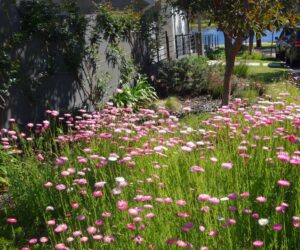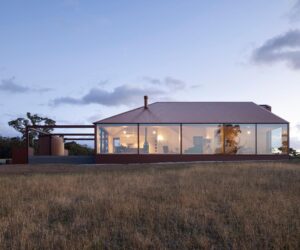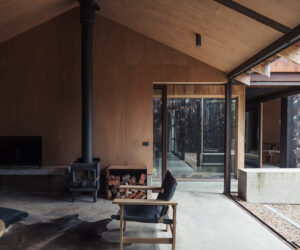Issue 72
The debate about nature vs nurture is nothing new, but how do these forces play out in the context of architecture and design? That is to say, how do we shape design and how does it shape us? The answer is not clear-cut, but the homes and gardens in this issue make for ideal points of reference in the debate.
Our annual multi-res feature goes to show what greatness can be achieved when architecture puts people and place first.
Architect Clinton Cole (CplusC Architectural Workshop) created his own family home, inspired by Le Corbusier and determined to make “a machine for sustaining life”. Integrating landscape, food and energy – this project is a case study in sustainability.
In Melbourne’s CBD, an apartment in an iconic building has found new life thanks to markowitzdesign with Stavrias Architecture. Now, the lofty home is lavished with the work of local artisans and makers.
Renovating a one-storey bungalow in Clovelly, Sydney involved high stakes: its location in the scenic foreshore protected area and neighbours’ aversion to development meant that Luke Moloney (Luke Moloney Architecture) had his work cut out for him. But with high stakes come big returns – the new abode and its owners have been wholly embraced.
In Melbourne, an artist and her partner were set on retaining as much as possible of their Victorian weatherboard while delivering a dynamic home and studio. The challenge fell to Zen Architects, who took the brief in its stride.
Down in Tassie, meet Hannah Moloney of Good Life Permaculture (along with her partner, Anton Vikstrom, their daughter Frida Maria and a few goats). Hannah advocates for ‘radical homemaking’, an approach “centred around taking responsibility for where your required resources come from”.
In Brisbane, a period home in Petrie Terrace makes the most of its vicinity to the CBD and the surrounding natural landscape by bringing the terrain inside.
Lastly, our travel feature captures the wonders of Western Australia’s PUBLIC Silo Trail and its colossal artworks.










